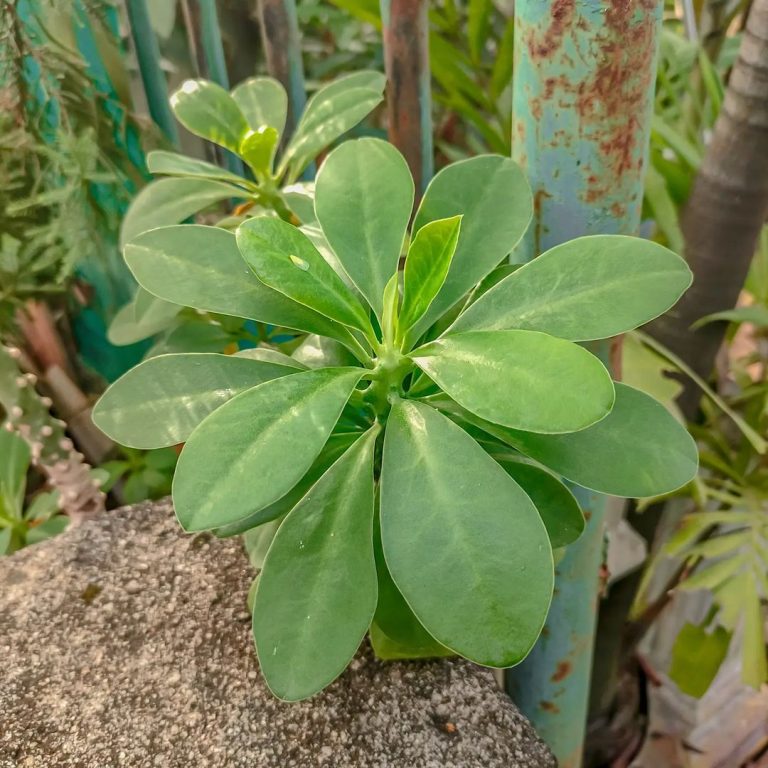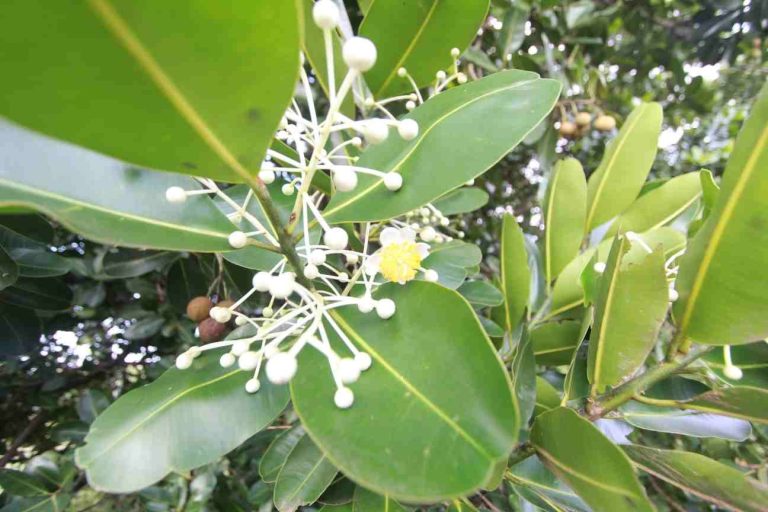
Table of Contents
Snuhi Plant
The Snuhi Plant is a medicinal plant used in Ayurveda. This article covers the morphology, medicinal uses, and folklore of the Snuhi plant. The uses of the Snuhi plant are varied. Here are a few:
what Ayurveda says about Snuhi Plant
Snuhi plant has been used in Ayurvedic medicine for centuries to treat conditions ranging from piles and toothache to asthma and rhinitis. It is also used to make ksharsutra. This herb has a long list of benefits for the body and can be found in many different forms.
What Ayurveda says about the Snuhi Plant is that the Sthavar Vanaspatik Upavisha is a fruitful source of natural substances. Detoxification is the process of combining natural materials and leaving out their toxic components. The result is a product that has been significantly detoxified and can substitute other medicines in various practices.
Morphology of snuhi plant
The snuhi plant is an ephemeral perennial herb, native to India, which is grown as a hedge in rural areas. The plant belongs to the kingdom Plantae, sub-kingdom Tracheobionta, class Rosida, and domain Eukaryota. The plant’s morphology is based on its habit of periodic leaf shedding and its 12 chikitsa upayogi properties. In addition to its medicinal properties, it is also used to treat various clinical ailments and is included in the traditional Ayurvedic literature.
Snuhi is a perennial, succulent shrub, or small tree, which grows from six to twenty feet tall. Its branches are jointed cylindrically and obscurely five-angled, bearing short, stippled thorns. Its leaves, which contain many medicinal properties, are often used in the preparation of Khsarsutra, a herbal medicine.
The leaves of the snuhi plant are used to treat inflammatory conditions such as asthma, arthritis, and toothache. The plant’s latex is used in ksharsutra, a traditional remedy for skin allergies. The plant’s latex is also used to treat infections, bronchitis, and asthma. In the Philippines, it is accepted as a traditional cure for earache.
Medicinal uses of snuhi plant
Snuhi is an important plant in the Ashtang, Shalyatantra branches of Ayurveda. It is used as a local application and supportive mode of management for varicose veins.
The Snuhi plant is a perennial herb with 73 synonyms in Ayurveda. Its leaves are sword-shaped and covered in latex. It is known for its antibacterial, antiviral, and pain-relieving properties. It is indicated for treating several clinical ailments, including rhinitis, piles, and cough. The herb is used both externally and internally, and it has a long history in Ayurveda.
For pain and inflammation, leaf of Snuhi is heated and tied over the affected area. In some earaches, fresh juice from the leaf is instilled in the ears. Sesame oil mixed in equal quantity with Snuhi leaf oil relieves pain.
Folklore uses of snuhi plant
Snuhi, a small deciduous tree belonging to the family Euphorbiaceae, is used for various folk medicinal purposes, including aphrodisiac, purgative, and rubefacient properties. Dried milky latex from Snuhi is a traditional remedy for warts, earache, and anal-fistula. This plant contains triterpenes and is used as an aphrodisiac.
Snuhi is commonly used for inflammatory and allergic conditions. The name Snuhi comes from the milky latex it exudes. Snuhi is also known as Vajradruma, a purgative with drastic effects. Snuhi has several medicinal uses, including relieving asthma, purgation, and cough. This plant also helps to relieve pain, reduce fever, and improve appetite.
Precautions using snuhi plant as a medicine
Snuhi is a well-known medicinal plant in the Ayurveda system, and is categorized as a Sthavar Upavisha. Several studies have shown that Snuhi, when used properly, can cure a range of diseases after detoxification. In this article, we look at the medico-legal, toxicological, and management aspects of Snuhi ksheera.










